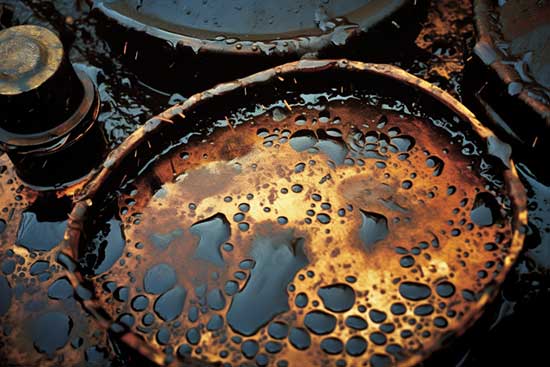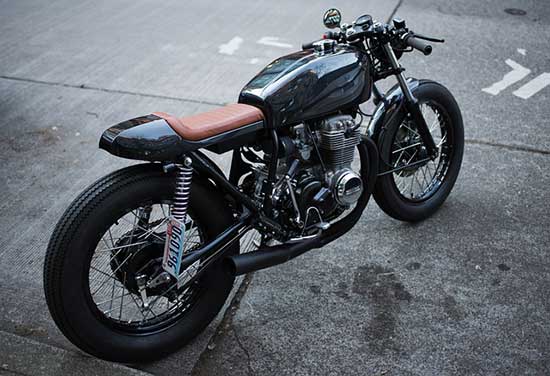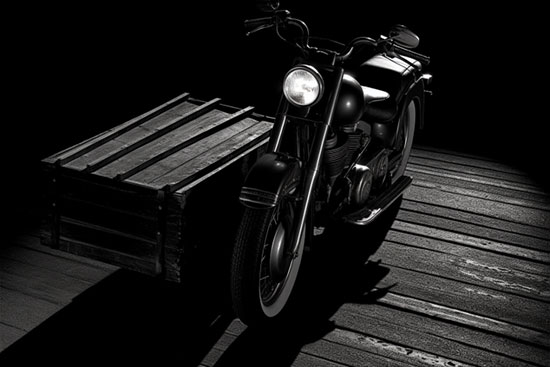Motorcycle enthusiasts understand the importance of maintaining their prized possessions, and one critical aspect of this is keeping the engine free from corrosion.
Contents
Identifying Corrosion in Your Motorcycle Engine
Corrosion can manifest in various forms, including rust, oxidization, or pitting. Some common signs of corrosion in your motorcycle engine include:
- Discoloration or staining on the metal surfaces
- Rust spots, flakes, or a powdery substance on the engine
- Metal surface pitting or bubbling
Tools and Materials Required for Cleaning
To clean a corroded motorcycle engine, gather the following tools and materials:
- Safety goggles and gloves
- Soft-bristled brush
- Stiff-bristled brush (for stubborn corrosion)
- Mild dish soap
- Clean, lint-free cloths
- Bucket of warm water
- Aluminum or chrome cleaner (depending on your engine’s material)
- Rust remover (if necessary)
- Fine steel wool or abrasive pad
- Protective coating (such as a rust inhibitor or metal polish)
- Touch-up paint (if required)
Preparing Your Motorcycle for Cleaning
Before starting the cleaning process, ensure that your motorcycle is properly prepared:
- Park your motorcycle on a level surface and engage the kickstand or center stand.
- Allow the engine to cool completely to avoid injury and prevent any cleaning solutions from evaporating too quickly.
- Remove any easily detachable parts that may hinder access to the corroded areas. This may include side panels, engine covers, or other decorative elements.
The Cleaning Process
Follow these steps to effectively clean your motorcycle engine:
- Put on your safety goggles and gloves to protect yourself from chemicals and debris.
- Combine a few drops of mild dish soap with warm water in the bucket.
- Dip the soft-bristled brush in the soapy water, then gently scrub the corroded areas. For stubborn corrosion, use a stiff-bristled brush or fine steel wool.
- Rinse the engine thoroughly with clean water, ensuring no soap residue remains.
- Dry the engine completely using a clean, lint-free cloth.
- Apply the appropriate aluminum or chrome cleaner to the affected areas, following the manufacturer’s instructions. Use a rust remover if rust is present and particularly difficult to remove.
- Gently scrub the corroded spots with fine steel wool or an abrasive pad as needed. Rinse the engine again with clean water, making sure to remove all cleaning product residues.
- Dry the engine thoroughly using a clean, lint-free cloth. Ensure that all nooks and crannies are free from moisture to prevent further corrosion.
Post-Cleaning Steps
After cleaning the corroded areas, take these steps to protect your motorcycle engine:
- Apply a protective coating, such as a rust inhibitor or metal polish, to the cleaned areas according to the manufacturer’s instructions. This will help protect the engine from future corrosion.
- If any paint has been damaged during the cleaning process, use touch-up paint to cover exposed metal and prevent rust formation.
- Reattach any removed parts and ensure they are securely fastened.
Preventative Measures
To minimize the risk of corrosion in your motorcycle engine, consider these preventative measures:
- Regularly inspect your engine for signs of corrosion and address them promptly.
- Keep your motorcycle clean and dry by washing it regularly, especially after exposure to harsh weather or road salt.
- Store your motorcycle in a dry, temperature-controlled environment, using a motorcycle cover if necessary.
- Periodically apply a protective coating to the engine’s metal surfaces, as this can help prevent the onset of corrosion.
Conclusion
By following this comprehensive guide, you can effectively clean a corroded motorcycle engine and keep it in top condition.
Regular maintenance, coupled with preventative measures, will ensure your motorcycle remains a reliable and enjoyable ride for years to come.
Remember to always prioritize safety by using the appropriate personal protective equipment and following the manufacturer’s guidelines for all cleaning and maintenance products.






